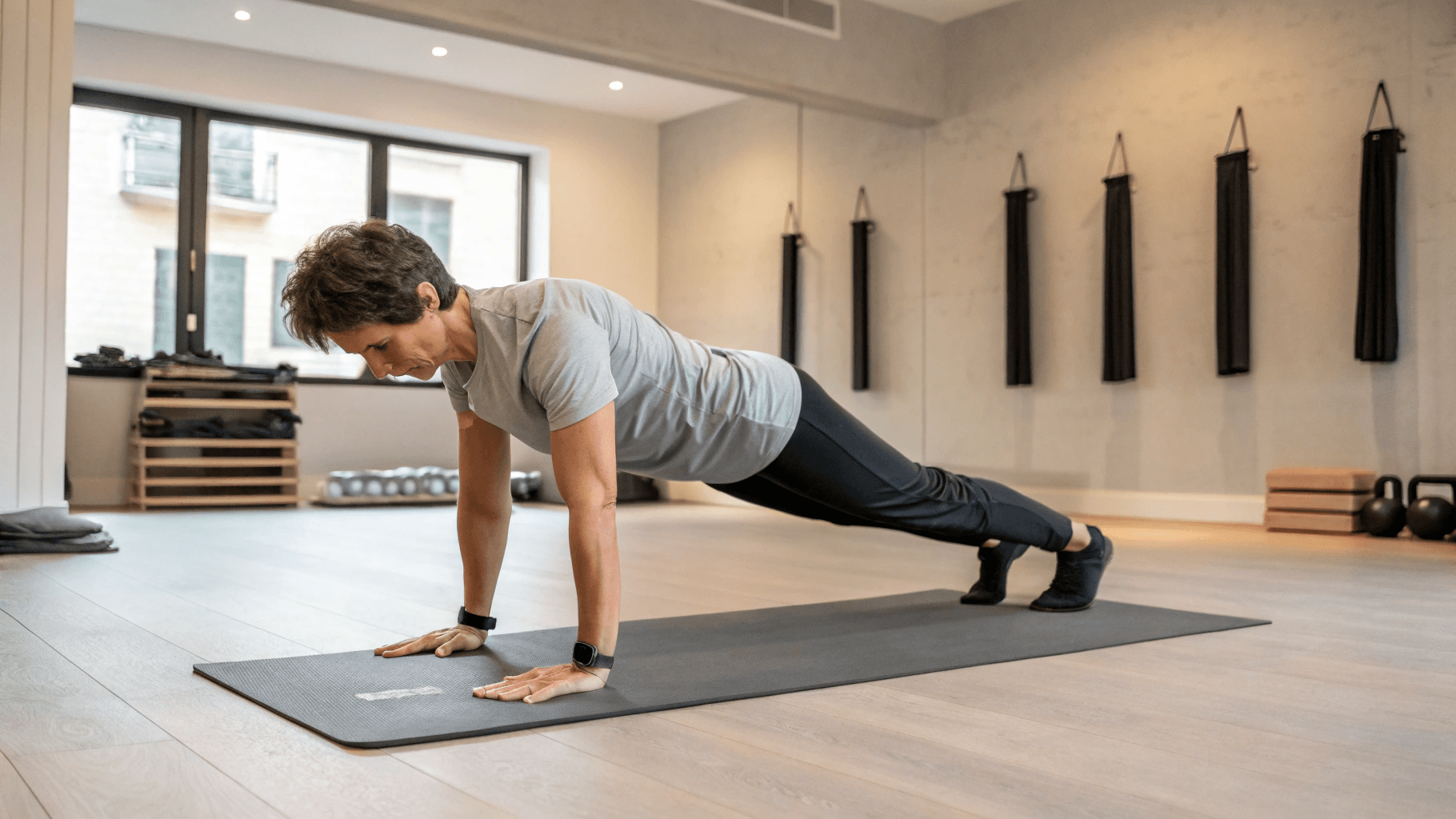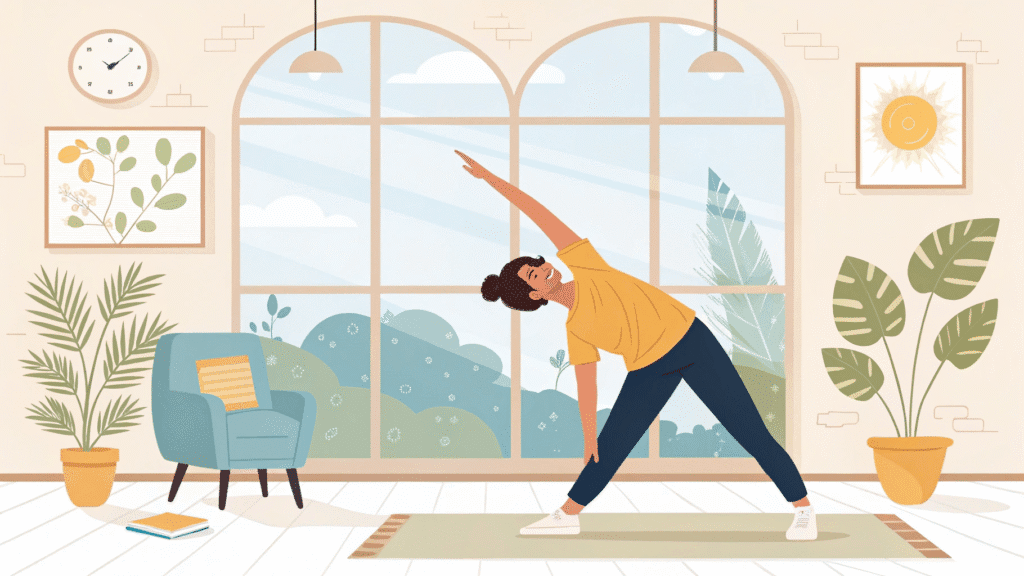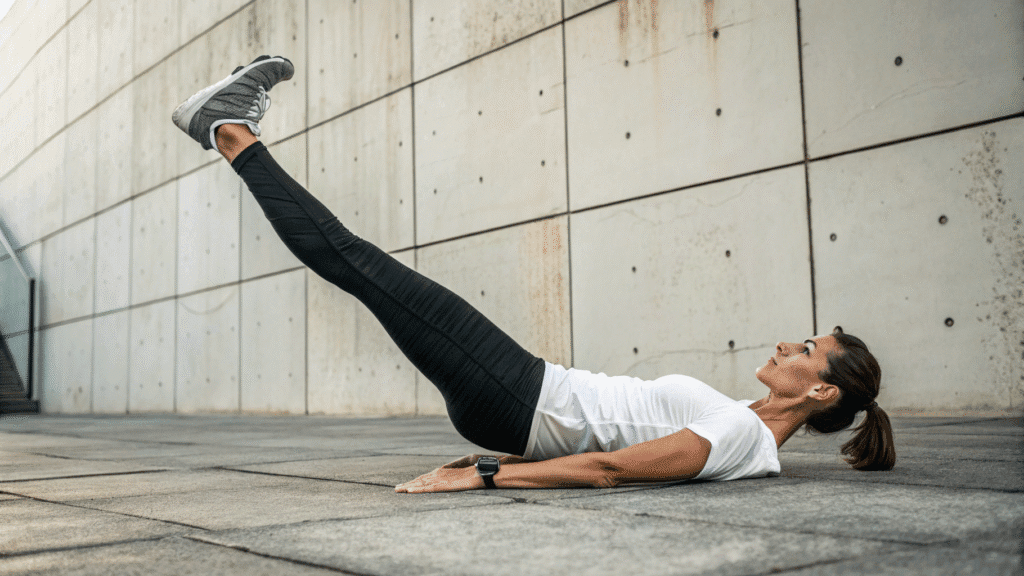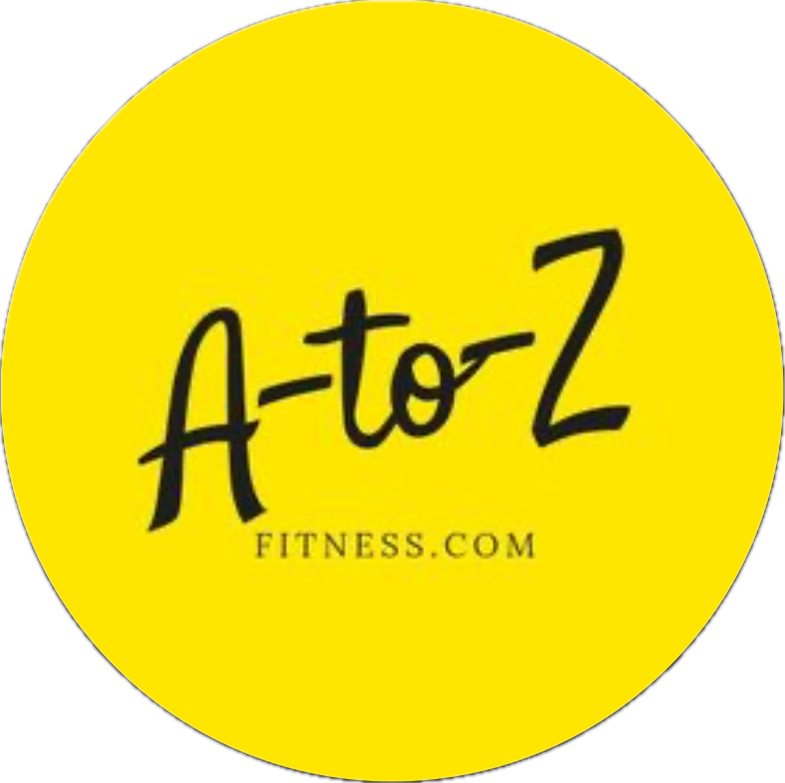A Pilates Beginner Class develops the body evenly, corrects poor posture, restores physical vitality, and invigorates the mind — just as Joseph Pilates, the founder of the discipline, intended.

Pilates Beginner Class : What results can you expect from Pilates?
“In 10 sessions, you will feel the difference; in 20 sessions, you will see the difference; in 30 sessions, you will have a whole new body!” promised Joseph Pilates.
After just a few sessions, you will already see the first results: a boost to your mental energy, improved posture, greater body awareness… Then, gradually, you will sculpt and refine your figure, strengthening your core and back muscles.
With a little patience and diligence, your body will transform into one that is flexible, strong, and toned.
To help you get started in the best possible conditions, be sure to read our advice on “What is Pilates?” to discover the basic principles of Pilates that will help you optimize your sessions and muscle engagement.
The ritual before starting your Pilates session
Learning to breathe “Pilates”
Chest Breathing
Breathe by engaging your abdominal muscles throughout your session, i.e. without ever completely relaxing your stomach!
- Place one hand on your ribs and one hand on your stomach.
- Breathe in deeply through your nose, opening your ribs but without inflating your stomach. Feel your ribs expand under your hands, a bit like an accordion.
- Pull your navel toward your spine as much as possible, engage your pelvic floor by contracting the inside of your buttocks and thinking about “stopping pee.” Imagine that you are “peeing” and have to stop suddenly.
- Exhale through your mouth with a warm breath: your throat is open as if you were trying to fog up a mirror. Feel your stomach pull in toward your spine.
- Repeat this several times.
Bonus tip: close your eyes to focus on the sensation. Visualize your breathing.
Warm up (for 1 minute)
– Get on all fours. Hands under your shoulders, knees under your hips.
– Stretch yourself by lengthening your back, from your tailbone to the top of your head.
– Inhale, tilt your pelvis upward to arch your back, looking toward the ceiling.
– Exhale, then tilt your pelvis downward to round your lower back.
– Repeat this movement several times, then decrease the range of motion to achieve a neutral position (neither arched nor rounded).
– Sit on your heels, stomach on your thighs, arms stretched out in front of you, and perform the Child’s Pose (photo below).
– Feel the stretch in your back.
– Stand up and sit on your heels.

Pilates Beginner Class : Exercise 1: Marching
Marching strengthens the hip flexors and abdominals.
Starting position
- Lie on your back with your legs bent and hip-width apart, feet on the floor, arms extended along your body, palms on the floor.
- Keep your lower back relatively flat on the floor; do not arch your lower back during the movements, as this may cause pain.
The movement
- Exhale, engage your core (pull your navel in as far as possible toward your spine).
- Inhale, exhale, and raise your left leg to 90° (tabletop position).
- Inhale, exhale, and raise your right leg to tabletop position, engaging your lower abdomen.
- Inhale, place the tip of your right foot on the floor, exhale as you raise your leg.
- Inhale and place the tip of your left foot on the floor, exhale as you raise your foot.
NB: Work slowly so that you can control all your movements and engage your core properly.
How many times?
Between 5 and 10 repetitions.
Pilates Beginner Class : Exercise 2: The Hundred
The Hundred tones the abdominal muscles and activates the upper body.
A signature Pilates exercise, its name comes from the breathing cycle performed during the exercise: inhale for 5 counts and exhale for 5 counts, repeated 10 times! 10 x 10 = “100.”
Starting position
Lie on your back with your arms relaxed at your sides.
The movement
- Inhale, trying to make yourself taller.
- As you exhale, engage your pelvic floor (stop peeing) and pull in your stomach, then lift your upper back (head, chest, and shoulder blades).
- Your arms should be straight and parallel to the floor. Activate them by making small up-and-down movements, imagining that they are resting on the surface of the water and that you want to make small taps and splashes.
- Do 5 quick taps as you inhale and 5 quick taps as you exhale.
NB: To begin, perform the exercise with your feet on the ground, then progress by placing both legs together at a 90° angle. Finally, perform the exercise with your legs extended at a 45° angle.
How many times?
10 breathing cycles x 10 repetitions
Pilates Beginner Class : Exercise 3: Hip lifts
Hip lifts strengthen your glutes, hamstrings (the back of your thighs), and back muscles.
Starting position
- Lie on your back with your legs bent and your feet hip-width apart.
- Lower your shoulders and shoulder blades.
- Contract your pelvic floor muscles as if you were stopping yourself from urinating.
- Your arms are alongside your body, palms facing upward.
The movement
- Inhale before starting the movement (engage your core!).
- As you exhale, gently lift your pelvis toward the sky, press your heels into your mat, and gradually roll out the rest of your body, vertebra by vertebra.
- Align your knees, hips, and shoulders.
- Inhale and slowly roll your back down.
- Exhale and roll back up.
Note: This is an excellent exercise for relieving back tension!
How many times?
Between 10 and 15 breaths.

Pilates Beginner Class : Exercise 4: Push-ups
Push-ups strengthen all the muscles in the upper body.
Starting position
- Get down on all fours.
- Align your knees with your hips.
- Place your hands slightly wider than shoulder width apart at chest level.
- Position your hands parallel to your body, with your fingertips pointing forward.
- Make sure to keep your pelvis neutral (neither arched nor rounded).
The movement
- As you inhale, bring your head closer to the floor by bending your elbows: your elbows should be close to your body and should almost touch your ribs as you lower yourself to work the back of your arms, the triceps.
- As you exhale, return to the starting position by pushing the floor away with your hands.
- Inhale, lower yourself slowly, exhale and rise gently.
NB: Perform the exercise slowly, controlling the movement and remembering to engage your core at all times. To begin, perform the exercise on all fours, lowering your chest toward your mat, then progress by lying down slightly, still on your knees. Finally, perform the exercise by straightening your legs and leaning on your toes so that you are in a straight plank position (body aligned and straight).
How many times?
Repeat the exercise 5 to 10 times.
Leg lifts strengthen your oblique muscles and slim your waist.
Starting position
– Lie on your right side with your head resting on your outstretched right arm, palm flat on the floor, legs straight, together, and slightly forward.
– Place your left hand on the floor in front of you, at chest level.
– Your shoulders are aligned, as are your hips.
– Your body is straight and perfectly aligned.
The movement
– Exhale, engage your core
– Lift your left leg (not too high but enough to strengthen your waist). Your entire body should be contracted, toned, and energized, from your toes to your skull.
– Inhale and lower your leg slightly, without resting it completely on the other leg.
– Repeat on the next exhale.
NB: Start with your free hand on the floor to help you maintain your balance. Progress quickly by placing your free hand along your body or on your waist while maintaining your balance. Yes, you can do it! You will engage your deep abdominal muscles more.
How many times?
Between 5 and 10 repetitions on each side.
And now… back to calm!
Your session is now (almost) over!
Relax now by doing the Child’s Pose again (5 to 10 breaths). You can also place your arms alongside your body for maximum relaxation.





